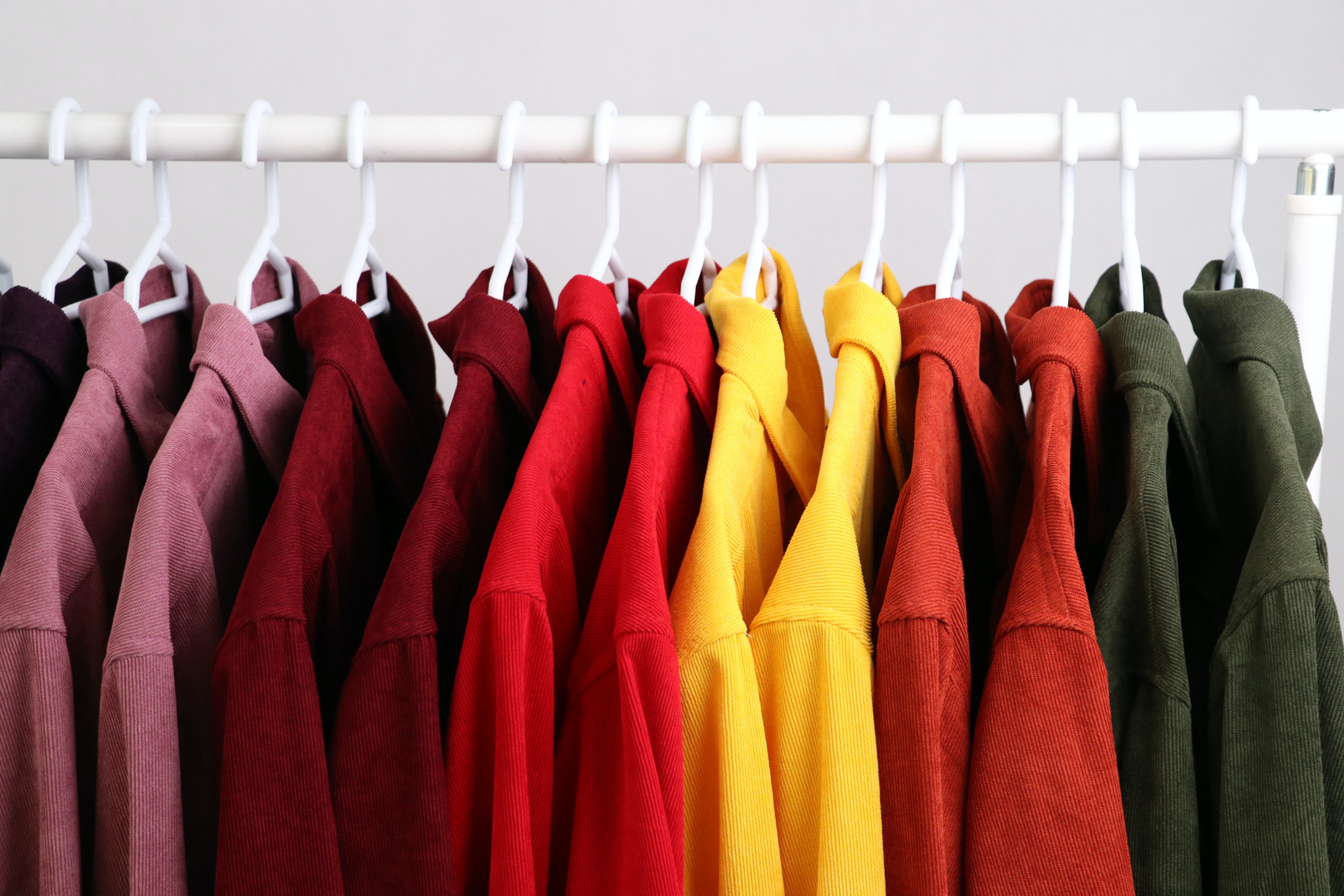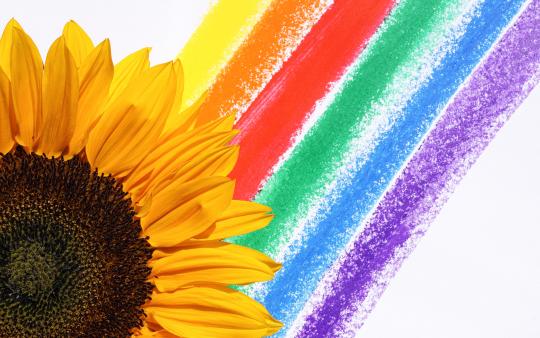As a kid, I remember how excited I was when I opened a box of brand new pencil crayons. It was a box full of possibilities. I’d look at each colour, decide my favourites, then colour to my heart’s content.
COLOUR ME HAPPY
Colour has this amazing ability to affect our emotions. When we think fondly of our favourite colours, we can be flooded with pleasant childhood memories. Walk into a pink room and you feel instantly at ease. Put on a yellow sweater and smile when you see the joyful colour. For harmony and balance, paint your room green, a colour connected to nature and growth. Blue is used to calm and soothe, but it also can be used to describe a lower mood (i.e., “feeling blue”). When our mood is low, we may choose muted colours or gray to reflect how we are feeling, or we may be subconsciously drawn to bright colours to energize us and boost our mood. Below are some colourful ways to boost and brighten a muted mood.
Emotional Colour Wheel
Each colour can influence mood (affect our psychological state) by activating the part of our brain which is responsible for mood and memories. Warm colours (such as orange and yellow) can evoke feelings of optimism and energy, while cool colours (like green, blue, and purple) are calm and soothing. The emotional colour wheel shows which specific emotions correlate to which hues (e.g., anger for red and orange for excited). What are your colour moods? Using a pie chart with your child, have them pick out six to eight different colours and colour in the pie chart. Then, go through each colour and ask them how that colour makes them feel. Is it a happy, sad, scared, excited, or sleepy colour? The same concept can be used with colouring or painting figures (e.g., superheroes, dinosaurs). Why is the dinosaur yellow, for example, and what characteristics do you think they would have? These conversations and activities are a good way to get children to connect to their emotions and artfully express them.
“Warm colours (such as orange and yellow) can evoke feelings of optimism and energy, while cool colours (like green, blue, and purple) are calm and soothing.”
Feel the Colours
One way to put a smile on a child’s face is to break out the fingerpaints. Kids love sensory play, and there’s something about putting their hands into a multitude of different colours that’s satisfying and mood lifting. Similarly, playing with clay, slime, or water beads has the same mesmerizing effect of calming and soothing, much like a meditative practice. Make your own paints using natural food colours and water mixed with cornstarch or edible clay, and paint (or play) the moodiness away.
Colourful Dress-Up
Dressing in a bright colour can be a mood lifter. What is the colour spectrum of your closet? Is there a colour missing or too much of one colour, especially neutrals or greys? There is a reason why kids love playing dress-up in fabulously bright and colourful garments—it boosts mood and promotes healthy self-esteem and confidence. Play a game of dress-up based on the colours of the rainbow, and don’t forget about the accessories! Use ribbons, beads, fabrics, or other household objects to make colourful accessories (e.g., jewellery, capes, masks, crazy hats).

Let in the Light
With no light, there would be no colour. We detect colour by light reflecting off surfaces and hitting a sensory membrane in the back of our eye called the retina, which is interpreted in the brain as colour and shape. Light accentuates colour, making it vibrant and bold. Light is also important for mood, as it helps increase serotonin levels (our happy mood hormone).
Something as simple as having a well-lit workspace with natural light while doing arts and crafts can be mood modulating. Going outside wearing white or bright colours reflects more light, making us feel energized and optimistic. Using reflective materials (e.g., metallics, mirrors, glitter) heightens the positive effects of colour, and this is an easy way to strengthen the powerful, mood-boosting effects of your craft making. There is a reason why we are attracted to shiny objects—we love the light!
Eat the Rainbow
Colourful foods boost mood too! As they say, “you are what you eat”—so if you eat gray, you will feel gray. Brightly coloured foods are nutritious and high in vitamins and minerals that are important for brain development and healthy mood. Start with one colour on the plate. What is your child’s favourite colour, and what are three foods of that colour they can eat? In the grocery store, play a colourful “find the food” game. Can your child find a fruit and vegetable which is yellow? A vegetable which comes in different colours? Come up with a rainbow-inspired shopping list of favourite foods which incorporates at least three different colours. Don’t be afraid to try new foods, or colours, to eat! We eat with our eyes first, so a colourful plate is very enticing to the palate and is also nutritious for the mind. Let your child decorate their own plate with colourful options and let their imagination soar.
There are many ways to use the power of colour to evoke emotional wellness. Just the simple act of colouring has a meditative and calming effect (hence the popularity of adult colouring books). Colour is more than just an artistic element; it has personality and a mental/emotional effect, as well as a connection to our own personality and culture. The more we talk about colour, connect to it, and embrace it, the more we can connect to our own emotions and express ourselves. Let’s use the colours of the rainbow to improve our mood and lift our spirits.
You May Also Like: Food for Thought: Nutrition and Mood Support, 3 Perspectives on Women's Health and Mood, Getting Mood Enhancing Vitamin D into Your Diet.






